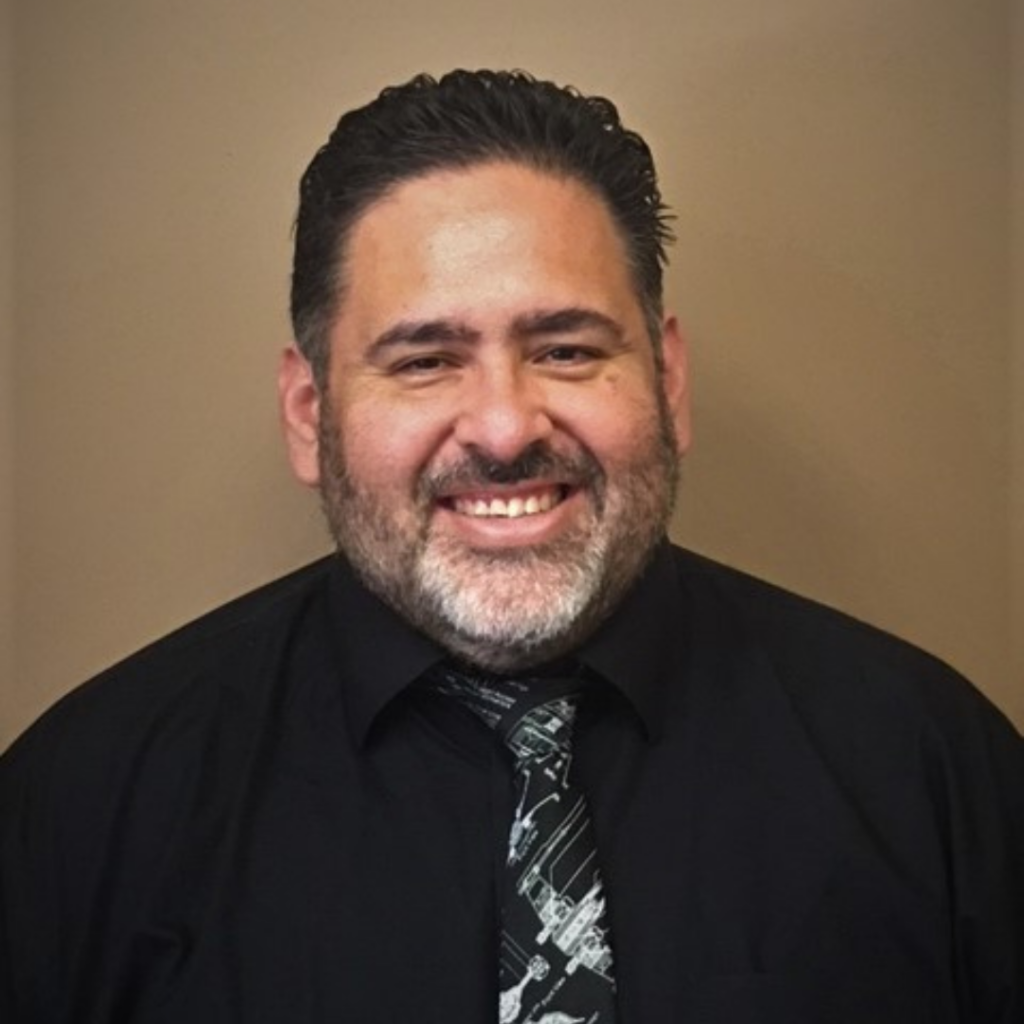February 2024 / Pretrial /
Part 1: CSRC Q&A with Pretrial, Probation, and Parole Leaders
by CSRC

We asked pretrial, probation, and parole leaders about what led them to a career in community supervision, their hiring and retention practices, how the pandemic affected their agencies, and what they’re excited about for the future of the field.
This is Part 1 of our series with Domingo Corona, Director of Pretrial Services in Pima County, Arizona.
How did you choose the community supervision field as your career path, and what motivates you to continue in this work?
I was originally interested in attending law school to become a practicing attorney, with a long-term goal of pursuing a career as a judge. As part of my undergraduate program, I participated in an internship program with the Arizona Attorney General’s Victim Services Office. While my original intent was to observe and learn about the daily tasks of the prosecuting attorneys, I developed a strong interest in the work being done by the victim advocates. I was excited about the possibility of working directly with individuals, whether victims or defendants, from a case worker perspective. My goals shifted from pursuing a law degree to finding work in community supervision, and I eventually was hired by Pretrial Services. I have progressed through different leadership positions within Pretrial Services over my 25-year career, and each day I find myself challenged and reengaged in the work. My current role as the agency’s director has allowed me to be informed about national-level work, and I am fortunate enough to be able to help improve the justice system through ongoing collaborations and change efforts.
Recruitment and retention have been significant concerns for agency leadership. How have you adapted your hiring and retention practices without compromising the quality of staff?
We have scaled back pre-hiring screening and some of the requirements for interested candidates, given the challenges in recruitment. For example, we have hired college interns by delaying the requirement that Pretrial Services Officers must have a bachelor’s degree prior to employment. We have also been more active in training, and used the employee probationary period to really determine if someone does not align with the agency’s mission or cannot complete job tasks adequately. More importantly, we have had to cross-train officers to help fill staffing shortfalls in our jail-based assessment office. The biggest challenge we face is that one of our core functions is to provide timely screenings, interviews, and assessments for the court. This requires schedules to extend beyond a standard Monday through Friday, 9 to 5 schedule. As such, we face a lot of competition in retaining staff because we have a limited ability to provide flexible schedules and remote work. Finding solutions to this challenge will be our focus in 2024 and beyond.
What adjustments did you make within your agency during the pandemic that you incorporated permanently into your operations? What were some lessons learned?
Just like everyone else during the pandemic, we made changes to reduce in-person contact across the board. In community supervision, this meant that we reduced and nearly eliminated the need for individuals to report in person to meet with their Pretrial Services Officer. This has not changed since the pandemic has subsided. We do sometimes ask individuals to report in person, but it is usually for a specific purpose and not just for the sake of a scheduled check-in. We have been slow to utilize video conferencing for communication with individuals we supervise. In fact, this has yet to become a tool we consistently utilize.
What practice or innovation in community supervision are you most excited about right now?
There are many exciting practices in community supervision, including the use of technology to communicate more effectively and an increased focus on how we can help people who have behavioral health or substance use issues find services. One of the changes in practice I am most excited about is rethinking how we communicate with individuals under our supervision. For example, we are very interested in ensuring forms or court-related documents are clearly understandable. We need to interact with people in a way that conveys that we are supportive. One area that holds a lot of promise is engaging peer navigators to help people who are on pretrial supervision.